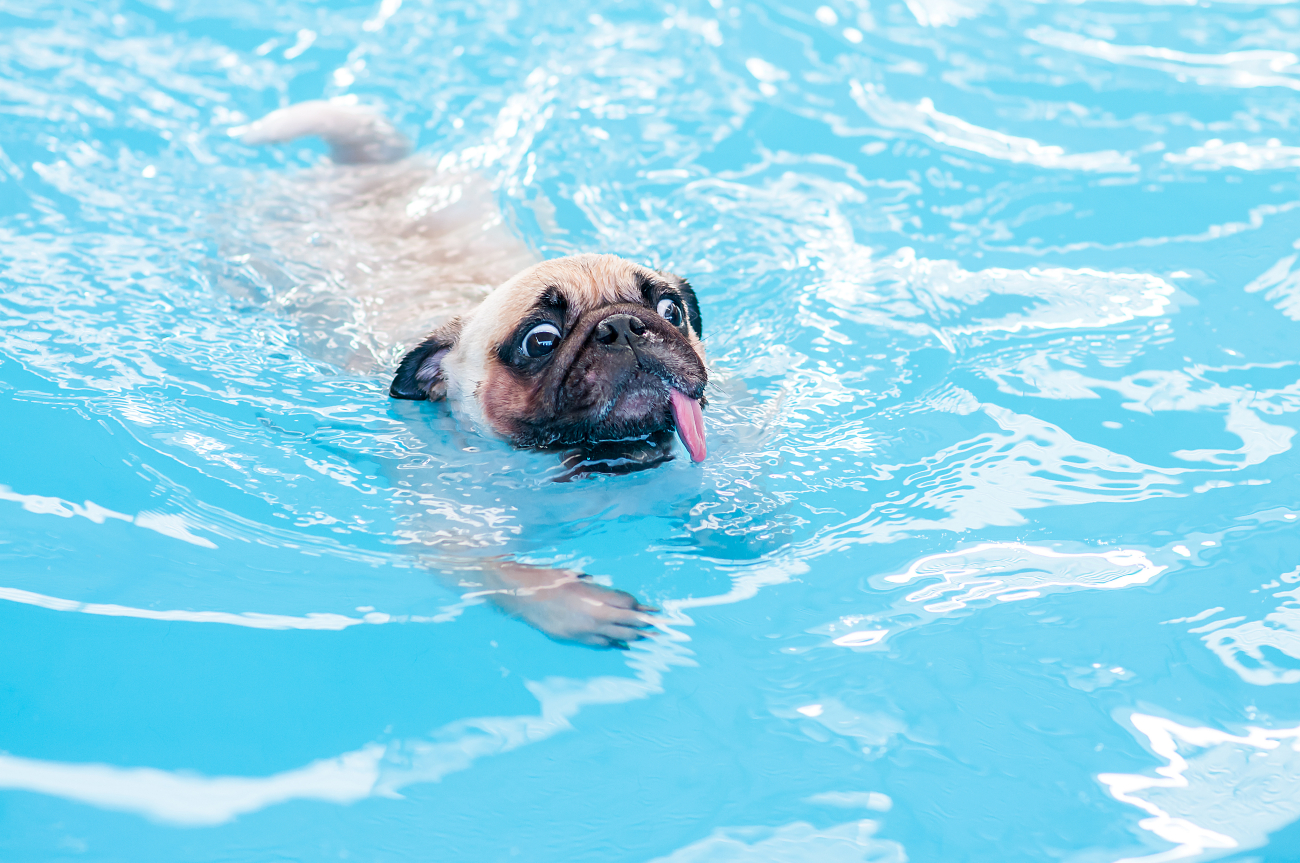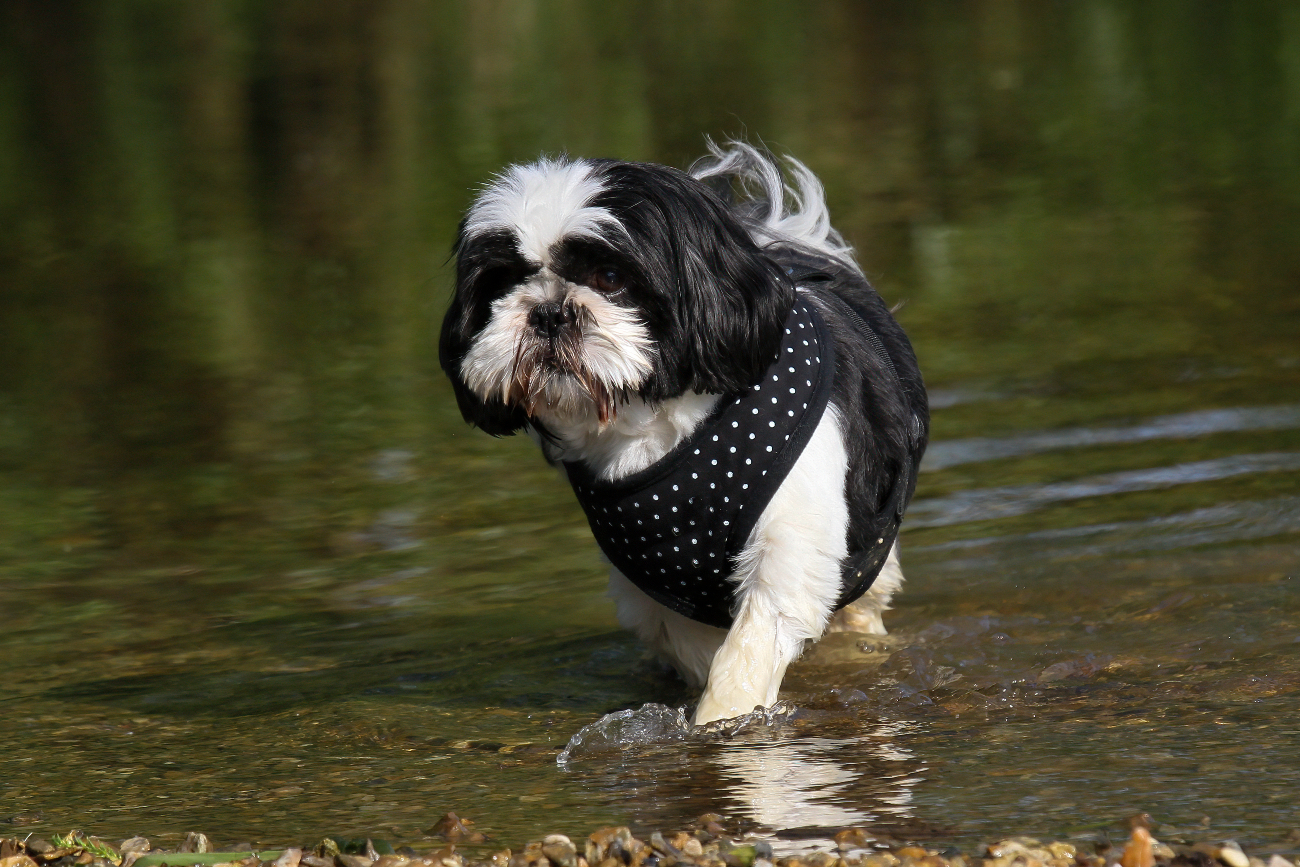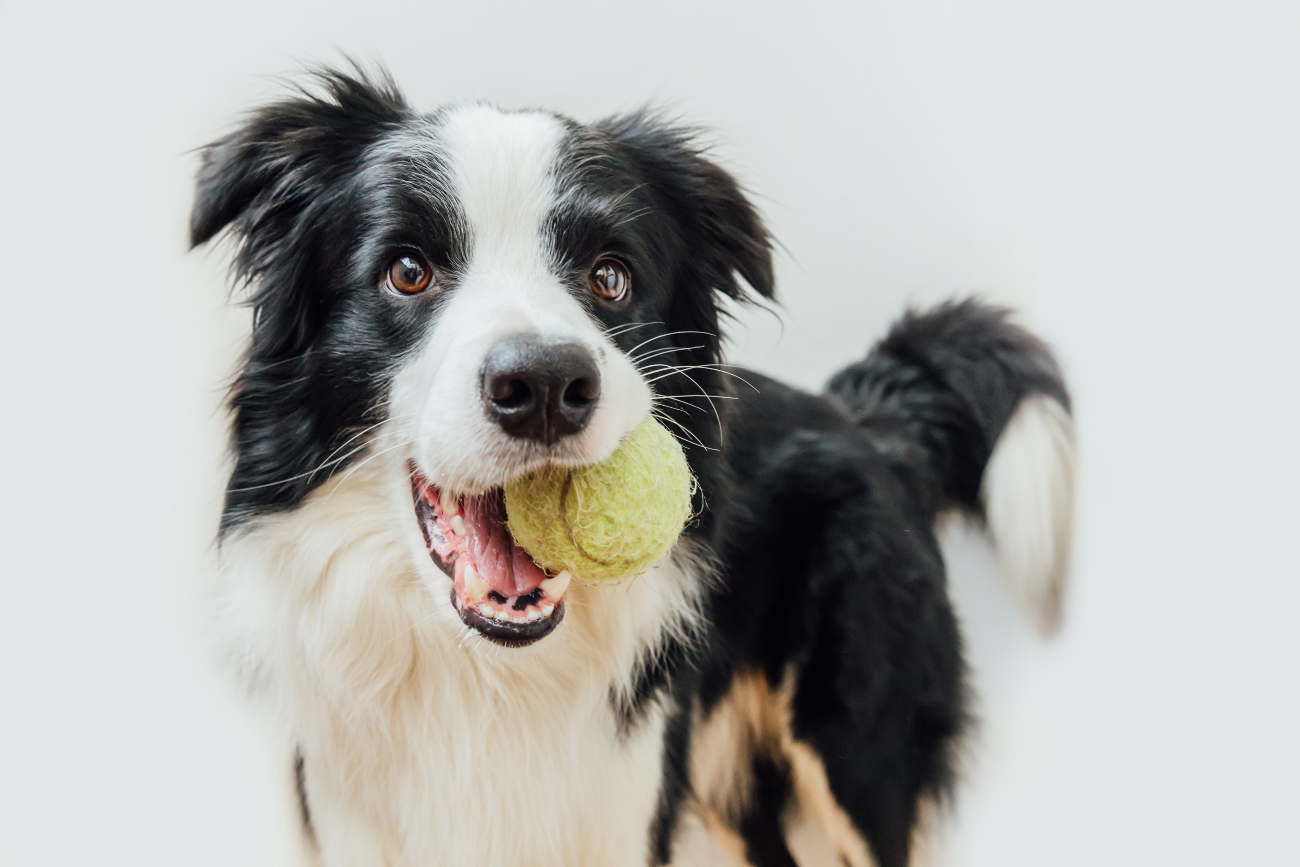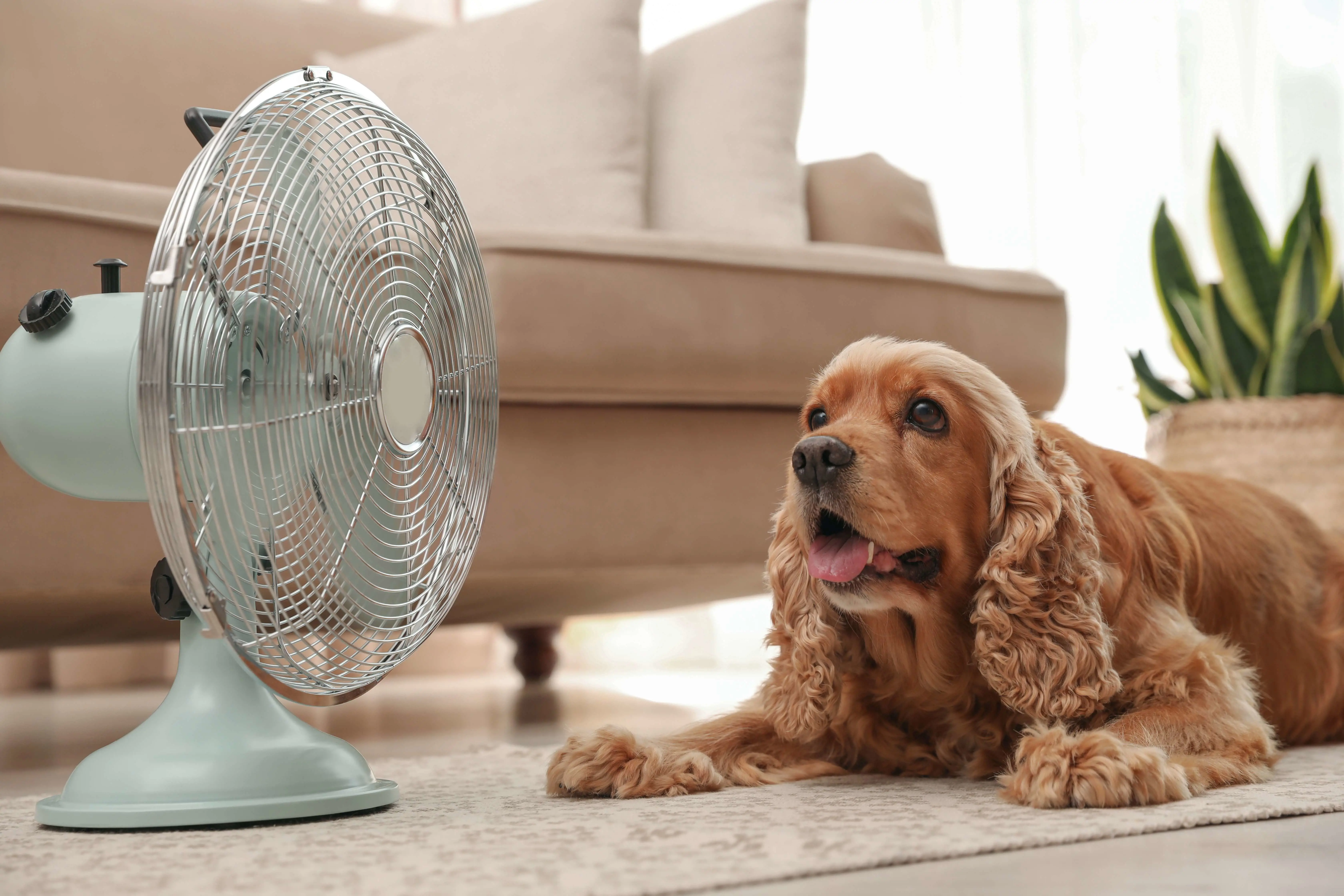Which dog breeds can't swim?
20th May, 2024

Did you know that not all dog breeds are natural born swimmers? In fact, there are several breeds that struggle in the water due to their physical characteristics.
According to a study, approximately 8% of dog breeds are unable to swim proficiently. These breeds include Bulldogs, Dachshunds, Pugs, Basset Hounds, Boxers, Shih Tzus, Corgis, and Maltese. While some dogs may enjoy splashing around in the shallows, these breeds may find it challenging or even dangerous to navigate in deep water.
It's important for dog owners to be aware of their pet's swimming abilities and take necessary precautions when near bodies of water. So, if you have one of these breeds that can't swim well, it's best to keep them safe and dry during water activities.
Key takeaways
- Bulldogs, Dachshunds, and Basset Hounds are dog breeds that struggle to swim due to their stocky bodies, short legs, and body structure.
- Pugs, Boxers, and Shih Tzus face challenges in swimming due to their body structures, such as pugs' lower tolerance for physical activity, Boxers' short muzzle and flat face, and Shih Tzus' short snouts and compact bodies.
- Shih Tzus should always be supervised around water as their little legs and low stamina make it difficult for them to stay afloat and they tire quickly in water.
- Corgis and Maltese have limitations when it comes to swimming due to their lower centre of gravity, limited buoyancy, short legs, and delicate bone structures. Close supervision and gradual introduction to water are recommended for these dog breeds.
Bulldogs
If you own a Bulldog, you might be interested to know that they are one of the dog breeds that can't swim. Bulldogs, with their stocky bodies and short legs, are not built for swimming.
Their heavy chests, large heads and short snouts make it difficult for them to stay afloat. Due to their anatomy, Bulldogs have a higher risk of drowning if left unattended near water. Therefore, it is crucial to prioritise water safety when it comes to bulldogs.
To ensure the safety of your Bulldog around water, it is important to take proper precautions. Avoid leaving them unsupervised near pools, lakes, or any body of water. If you have a pool, make sure it is securely fenced off to prevent accidental falls.
Additionally, consider investing in a life jacket specifically designed for bulldogs. These jackets provide buoyancy and can help keep your Bulldog safe if they accidentally fall into water.
Now that we have discussed Bulldogs and their limited swimming ability, let's move on to another dog breed, the Dachshunds, who also face their own weight challenges when it comes to swimming.
Dachshunds
Are Dachshunds able to swim or do they face challenges like Bulldogs? Dachshunds, also known as wiener dogs, are not natural swimmers like some other dog breeds. Their long bodies and short legs make it difficult for them to stay afloat in the water.
Dachshunds have a higher risk of drowning due to their body and dense bone structure, which can cause them to tire easily and struggle to keep their heads above water. It is important to be cautious when introducing a Dachshund to water and to never leave them unattended near pools or bodies of water.
However, there are alternative exercise options for non-swimming Dachshunds to keep them active and healthy. These include:
- Walking: Dachshunds love going for walks. Regular walks can help them burn off excess energy and maintain a healthy weight.
- Playing fetch: Dachshunds have a natural instinct to chase and retrieve objects. Playing fetch with them in a secure area can provide mental stimulation and physical activity. Check out our blog on how much exercise your dog needs for some more information.
- Puzzle toys: Dachshunds are intelligent dogs and enjoy solving puzzles. Using puzzle toys can keep their minds engaged and provide a form of exercise.
Pugs
Pugs tend to have a lower tolerance for physical activity due to their short snouts, which can make swimming a challenge for them. Their short legs and barrel-shaped bodies also make it difficult for them to swim efficiently.
It is important to prioritise water safety for pugs and closely monitor their swimming abilities to ensure their well-being.
Pugs and water safety
Make sure to keep a close eye on your Pug around water to ensure their safety. While Pugs may have a strong desire to explore and do water play, their swimming ability is not their strong suit. Here are a few things to keep in mind:
- Pugs have a short snout and a compact body, which can make it difficult for them to keep their head above water.
- Pugs are prone to respiratory issues, and swimming can put extra strain on their airways.
Pugs and swimming ability
If you own a pug, you may already know that their swimming ability is limited. Pugs are not naturally great swimmers due to their physical characteristics, such as their short snouts and stocky bodies. Their short legs and compact build make it challenging for them to stay afloat and move efficiently in the water.
Pugs may be able to paddle for a short period of time, but for long periods they can quickly tire due to their physical limitations. It's important to provide your pug with a life vest or jacket when near water to ensure their safety.
However, this doesn't mean that pugs cannot benefit from water activities. Hydrotherapy, which involves controlled water exercises, can be useful for Pugs to improve their muscle strength and joint mobility.
Some Pugs can learn to swim with the help of swimming lessons specifically designed for dogs. These lessons can teach them basic swimming skills and build their confidence in the water. It is important to always supervise Pugs during any water activities to ensure their safety.
Basset hounds
Basset hounds are another dog breed that struggles to swim. Their unique physical characteristics make them less adept at swimming compared to other breeds.
Here are some reasons why Basset Hounds face challenges in the water:
- Body structure: Basset hounds have a long, low-set body with short legs, which affects their ability to stay afloat and paddle efficiently in water. Their heavy bone structure, heavy heads and thick bodies make it difficult for them to manoeuvre and stay balanced while swimming.
- Low endurance: Basset hounds are not known for their stamina, and swimming requires a significant amount of energy. Their short legs and lack of muscle mass make it harder for them to sustain swimming for extended periods.
- Lack of natural instincts: Unlike some other breeds, Basset Hounds do not have strong natural swimming instincts. They may not possess the innate ability to paddle and stay afloat in water, which can further hinder their swimming ability.
Considering these factors, it is important for Basset Hound owners to prioritise water safety.
While some Basset Hounds may enjoy swimming or wading in shallow water, it is crucial to closely supervise them and provide support if they venture into deeper areas. Investing in a life jacket specifically designed for dogs can help keep them safe in water activities.
Now, let's move on to exploring the swimming ability of another breed, Boxers.
Boxers
Boxers, like basset hounds, face challenges when it comes to swimming. While they may have a muscular physique and boundless energy, their physical characteristics make swimming a difficult task.
Boxers have a deep chest, short muzzle and a flat face, which can impede their ability to breathe properly in water. Additionally, their shorter legs, heavy front end and dense body structure make it harder for them to stay afloat.
Their lack of natural buoyancy and their tendency to sink rather than float can be a cause for concern when it comes to water safety for boxers. It is important for pet owners to take extra precautions when introducing their boxers to water activities. Life jackets specifically designed for dogs can provide the necessary support and ensure their safety.
While some boxers may be able to swim to some extent, it is important to remember that not all boxers possess the same swimming ability. Some may struggle more than others, and it is crucial to assess their comfort level and swimming skills before exposing them to potentially risky situations.
Transitioning to the subsequent section about 'Shih Tzus,' it is worth noting that these small and brachycephalic dogs face similar challenges in the water. They too require special attention and precautions to ensure their safety when swimming.
Shih Tzus
Shih Tzus, like other small and brachycephalic breeds, face similar challenges when it comes to swimming. Due to their short snouts and compact bodies, these adorable companions struggle with water safety and swimming ability.
Here are some key points to understand about a Shih Tzu and their relationship with water:
Water safety
Shih Tzus are not natural swimmers and should always be supervised around water.
Their short legs, long coats and low stamina can make it difficult for them to stay afloat for extended periods.
Shih Tzus have a tendency to tire quickly in cold water or hot weather, increasing the risk of accidents. For some water safety tips for you Shih Tzu check out our blog.
Swimming ability
While some Shih Tzus may enjoy splashing around in shallow water, they are not built for water sports or long-distance swimming.
Their small size, short legs, large head, and dense fur can make it challenging for them to propel themselves through the water efficiently.
A Shih Tzu may also struggle with buoyancy due to their body composition, making it harder for them to stay afloat.
Given these factors, it is important to prioritise the safety of Shih Tzus around water and provide alternative forms of exercise and enrichment that are better suited to their physical abilities.
Corgis
Corgis, like other small and stocky dog breeds, also face challenges when it comes to swimming. Due to their short legs and heavy bodies, corgis have a lower centre of gravity, making it difficult for them to maintain balance and stay afloat in the water. This can put them at risk of drowning if they are not properly supervised or equipped with the necessary safety measures.
Water safety is of utmost importance when it comes to corgis and swimming. It is crucial to ensure that they are always under close supervision when near water, whether it's a pool, lake, or ocean. Providing them with a life vest or jacket specifically designed for dogs can greatly enhance their swimming ability and overall safety.
While not all corgis may have a natural affinity for water, some can still be trained to swim with proper guidance and patience. Introducing them to shallow water first and gradually increasing the depth can help build their confidence and swimming skills. However, it's important to note that not all corgis will excel in swimming, and it's essential to respect their individual limitations.
Maltese
Like other small dog breeds, Maltese dogs also encounter difficulties when it comes to swimming. Due to their small size and low body fat, Maltese dogs have limited buoyancy, making it challenging for them to stay afloat in water.
Here are some important points regarding Maltese and water safety:
- Maltese dogs have a low swimming ability due to their short legs and delicate bone structure. Their small size and lack of strength in small legs make it difficult for them to propel themselves through the water effectively.
- Maltese dogs are prone to fatigue and exhaustion when swimming for extended periods. Their small bodies are not built for endurance, and they may tire quickly, increasing the risk of accidents in water.
- It is essential to supervise Maltese dogs closely around water, whether it's a swimming pool or, lake, or any other body of water. Even if they are wearing a life jacket, they should never be left unattended near water sources.
- If you plan to introduce your Maltese to swimming, start with shallow water and gradually increase the depth as they become more comfortable. Always support and assist them while in the water to ensure their safety.
Understanding the limitations of Maltese dogs when it comes to swimming is crucial for their overall water safety. By taking necessary precautions and providing proper supervision, you can ensure a safe and enjoyable experience for your furry friend.
Conclusion

You've learnt about several dog breeds that are known for their inability to swim. Bulldogs, Dachshunds, Pugs, Basset Hounds, Boxers, Shih Tzus, Corgis, and Maltese may struggle in the water due to their physical characteristics.
However, beyond their swimming abilities, these breeds teach us an important lesson. Just like dogs, we all have our own limitations and challenges. It is crucial to acknowledge and accept them, while also finding ways to adapt and thrive in our own unique ways.
Moreover, it is important to express that this doesn’t mean that all other dog breeds can swim. This is because every dog is a unique individual so their swimming abilities may differ regardless of the breed.
To get a dog insurance quote for your furry friend you can get a quote through our website. If you would like to talk to one of our dog insurance team, you can get in touch with us on 0330 102 5748.
Frequently asked questions
Are all Bulldogs unable to swim?
Bulldogs are commonly thought to be unable to swim, but this is a misconception. While some Bulldogs may struggle due to their anatomy, not all Bulldogs and not all dogs, are inherently unable to swim.
Factors like breed, size, and individual abilities play a role in a dog's swimming capabilities.
Can Dachshunds be trained to swim?
Dachshunds can be trained to swim, but it's important to consider their suitability for water activities.
Swimming provides numerous benefits for dogs, including exercise, joint support, and improved cardiovascular health.
Do Pugs have any natural swimming abilities?
Pugs, like many brachycephalic breeds, have limited natural swimming abilities due to their short snouts and heavy bodies. However, with proper swimming lessons and water safety precautions, Pugs can still enjoy the water safely.
Are Basset Hounds at a higher risk of drowning compared to other breeds?
Basset hounds, like some other dog breeds, may have a higher risk of drowning due to their anatomy and low swimming abilities. However, they can be taught basic water safety to minimise potential dangers.
Can Boxers swim with proper supervision and training?
With proper supervision and training, Boxers can swim. Here are some swimming techniques for Boxers:
- Start in shallow water
- Use a life jacket
- Gradually increase the depth
Patience and positive reinforcement are key for training dogs to swim.
Helpful Pages
Recent Posts
Pet Insurance Quote
- 98% claims paid *
- Claims paid directly to vets
- 24/7 vet video consultations
- Interest free monthly payments




